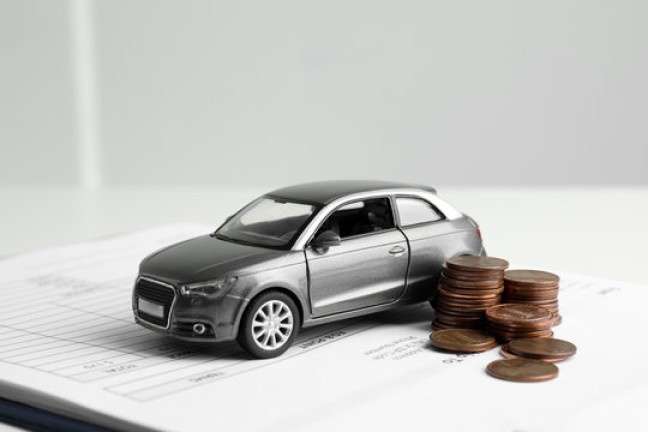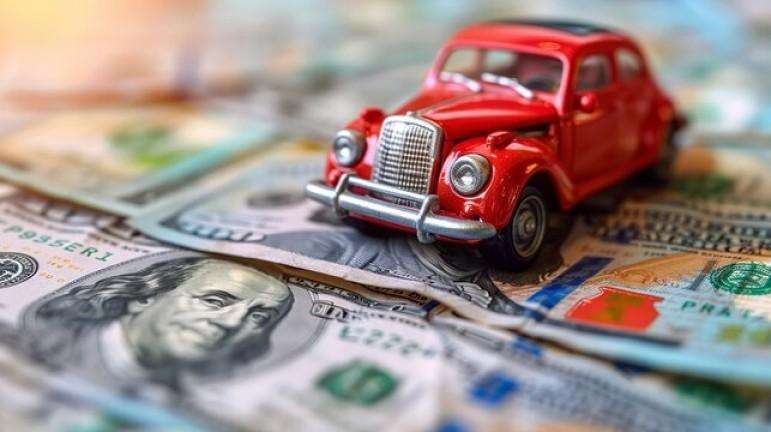When I was looking into purchasing a car, I came across the term “50/50 car finance deals.” At first glance, it seemed simple—pay half now and the other half later. However, the more I researched, the more I realized that while these deals can sound appealing, there are nuances that can affect your financial decisions. In this article, I will walk you through everything you need to know about 50/50 car finance deals, from the basics to the finer details that can influence your decision. Whether you’re a first-time buyer or someone looking to switch cars, I believe understanding the ins and outs of these deals will help you make a more informed decision.
Table of Contents
What is a 50/50 Car Finance Deal?
At its core, a 50/50 car finance deal is a straightforward financing option where you pay half of the car’s cost upfront and the other half later. It sounds simple enough, right? But, like most financial arrangements, the details matter. The second half of the payment is typically due after a set period, often around 12 months, but it can vary. The key selling point of these deals is that they provide flexibility, allowing you to drive away in a car with only half the price to pay initially. The remaining amount can be settled in a lump sum or converted into a payment plan, depending on the terms.
To make it easier to understand, here’s a breakdown of a typical 50/50 car deal:
- Upfront Payment: You pay 50% of the car’s value.
- Deferred Payment: The remaining 50% is due after a specified period, often 12 months, or it can be spread over additional months.
For example, let’s say you want to buy a car priced at £20,000. With a 50/50 finance deal, you’d pay £10,000 upfront, and then the remaining £10,000 would be due after 12 months.
The Benefits of 50/50 Car Finance Deals
When I first encountered 50/50 deals, I was intrigued by their simplicity and flexibility. Here are some of the key benefits that stood out to me:
- Lower Initial Payment: By paying half of the price upfront, the financial strain of an immediate large payment is reduced. This can be especially helpful if you have other expenses to consider, like insurance, taxes, or fuel costs.
- Deferral Option: The deferred payment feature gives you time to save or reassess your finances before the second half is due. It feels like a temporary relief while still securing the car you want.
- Flexibility in Payment: Depending on the finance provider, you may have the option to either pay the second half in one go or convert it into smaller installments.
- Interest-Free Offers: In some cases, finance companies offer interest-free or low-interest options, meaning the total cost of the car remains the same as if you paid the entire amount upfront.
Potential Drawbacks to Consider
Despite the advantages, there are also some risks and considerations that should be kept in mind when opting for a 50/50 deal. I learned the hard way that these finance deals aren’t without their potential drawbacks.
- Interest Charges on the Deferred Payment: Some finance providers charge interest on the second half of the payment, even if they market the deal as “interest-free.” It’s important to carefully read the terms and conditions before committing to the deal. Always ask if the deferred portion is interest-free or if additional charges will apply.
- Late Payment Fees: Missing a payment could result in hefty penalties, and in some cases, the lender may charge interest on any overdue amounts. This can make the deal more expensive than originally planned.
- Possibility of Unfavorable Terms After the Initial Period: In some cases, after the first 12 months, the interest rate may change, which could increase your monthly payments if you opt for the installment option instead of paying off the remaining balance.
- Restrictions on Early Repayment: Some 50/50 deals may impose restrictions or penalties if you want to pay off the remaining balance early. This might not be ideal if you come into a lump sum of money and want to clear the debt faster.
How Do 50/50 Car Finance Deals Compare to Other Finance Options?
To help clarify whether a 50/50 deal is the best option for you, it’s worth comparing it to other car financing methods. Below is a table comparing 50/50 finance deals to other popular finance options such as Personal Contract Purchase (PCP) and Hire Purchase (HP).
| Feature | 50/50 Car Finance Deal | Personal Contract Purchase (PCP) | Hire Purchase (HP) |
|---|---|---|---|
| Initial Payment | 50% of car price upfront | Typically lower (10%-20% of car price) | Usually higher upfront (10%-30%) |
| Deferred Payment | 50% due after 12 months | Final lump sum at the end of the agreement | Full balance over the term |
| Interest-Free Option | Sometimes available | Can be interest-free for certain deals | Interest is usually charged |
| Flexibility | Pay second half after 12 months | Flexible with options to return, buy or refinance | No option to return car |
| Ownership | Own the car outright after the final payment | Ownership after the final lump sum payment | Own the car after full payment |
| Total Cost | Can be interest-free | Potential for high overall cost due to interest | Can be more expensive due to interest |
Looking at this comparison, I found that the 50/50 deal provides a balanced option for those who want a relatively straightforward way of paying for a car. While PCPs might offer more flexibility in terms of the final decision (whether to buy or return the car), they can be more complex. On the other hand, HP deals ensure full ownership but often come with higher monthly payments and interest rates.
Example: Calculating the Cost of a 50/50 Car Finance Deal
Let’s walk through a simple example of a 50/50 car finance deal to give you an idea of how it works in practice. Let’s assume:
- Car Price: £20,000
- Upfront Payment: £10,000
- Deferred Payment: £10,000 after 12 months
- Interest Rate on Deferred Payment: 0%
In this case, after paying £10,000 upfront, you would have a year to save up or plan for the second payment. If you were to pay the remaining £10,000 after 12 months, the total cost of the car would remain at £20,000 with no additional charges.
However, if there were an interest rate, say 5%, on the remaining £10,000 after the first year, the total cost of the car would increase. In this case, the second payment would be:
£10,000 * 1.05 = £10,500
Thus, the total cost of the car would rise to £20,500 over the course of the finance deal.
Is a 50/50 Car Finance Deal Right for You?
Whether a 50/50 car finance deal is the right choice for you depends on your financial situation and personal preferences. Here are a few questions to ask yourself:
- Can I comfortably afford the upfront payment? If you can’t manage the 50% upfront cost, then a different financing option might suit you better.
- Am I okay with the deferred payment? Do you feel confident that you’ll be able to make the second payment, or do you need more flexibility?
- How important is ownership to me? If owning the car outright as soon as possible is important to you, then you may prefer an HP deal.
If you’re someone who likes the idea of paying half upfront and deferring the rest for a year with no interest, a 50/50 deal could be a good fit. It provides a balance of flexibility and simplicity, making it an attractive option for those who don’t want to commit to long-term loan agreements.
Conclusion
In my experience, 50/50 car finance deals can be a viable option for purchasing a car if you’re looking for flexibility and simplicity. However, it’s important to weigh the benefits against potential drawbacks like interest charges or late payment fees. Be sure to carefully review the terms of any deal you consider, and take the time to compare it to other financing options to determine what’s best for you.
Understanding how these deals work and what they entail can save you from unexpected financial burdens down the road. Always remember that the key is not just the car you drive, but also how you manage the financial commitment involved in acquiring it.





